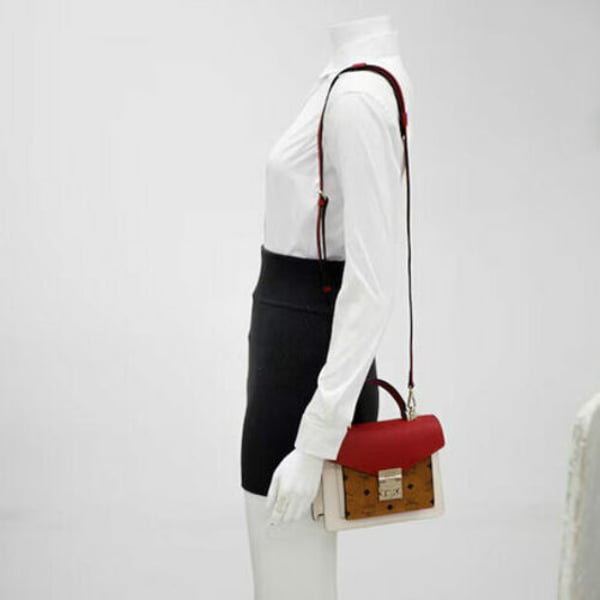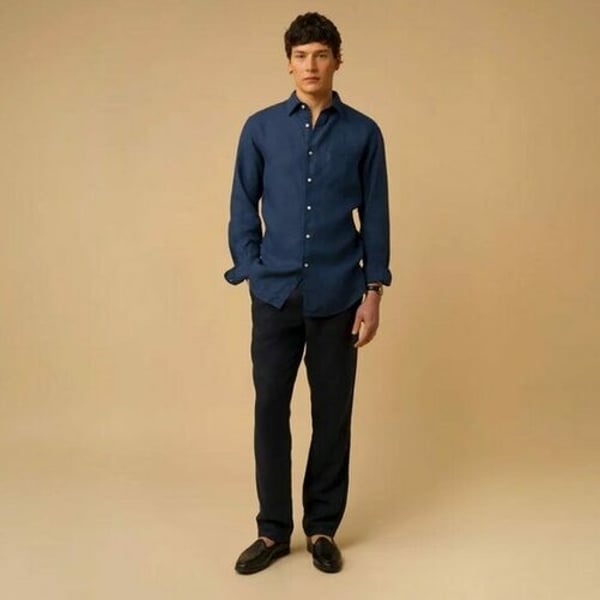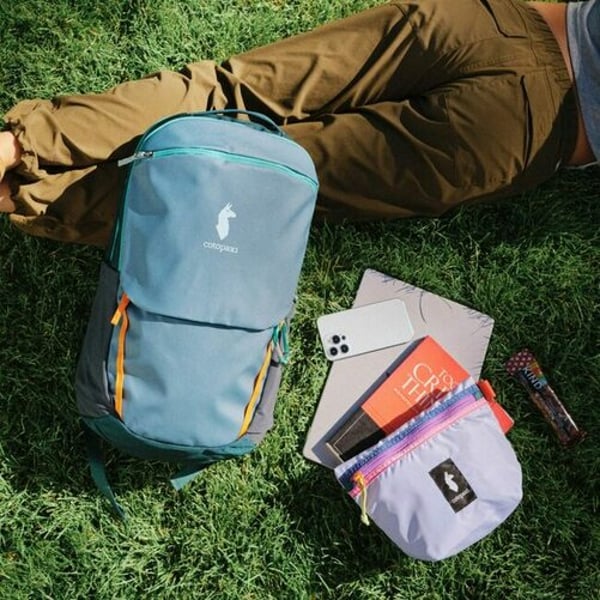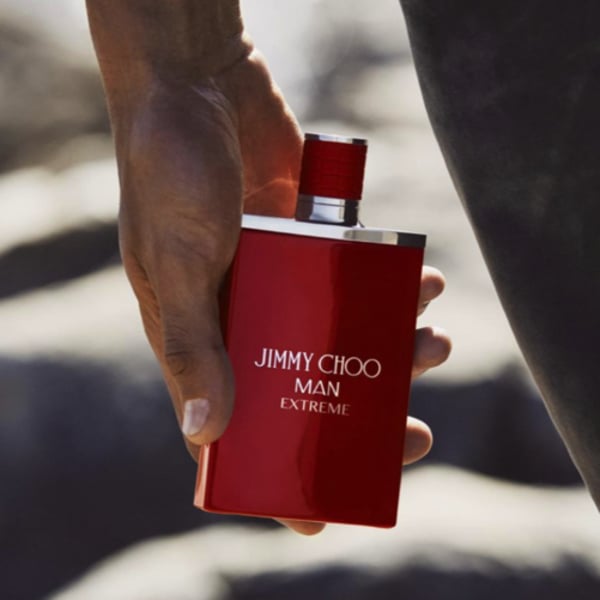By
Reuters
Published
June 10, 2025
Chinese energy sector worker Mandy Li enjoys treating herself to a luxury brand handbag from time to time. However, since her state-owned employer cut her wages by 10% and her family’s property values dropped by half, she now buys only second-hand items.
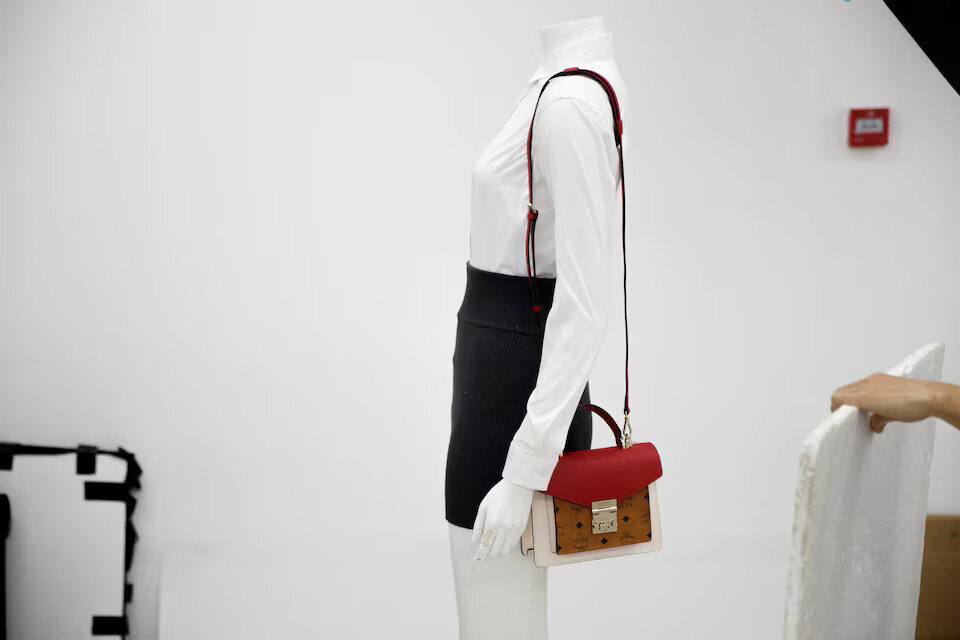
“I’m cutting down on large expenditures,” said 28-year-old Li, while browsing at Super Zhuanzhuan, a second-hand luxury store that opened in Beijing in May. “The economy is definitely in a downturn,” she added. “My family’s wealth has shrunk by a lot” due to the property crisis that has affected China since 2021.
As deflationary pressures intensify in the world’s second-largest economy, consumer behavior continues to shift in ways that further suppress prices. Economists warn that this trend could entrench deflation and create more challenges for Chinese policymakers.
Data released on Monday showed that consumer prices fell 0.1% in May compared to a year earlier. Due to oversupply and weak household demand, price wars have erupted across sectors, including autos, e-commerce, and coffee.
“We still think persistent overcapacity will keep China in deflation both this year and next,” Capital Economics stated in a research note.
New businesses are targeting cost-conscious consumers by offering low-priced options, including 3 yuan ($0.40) breakfast menus at restaurants and supermarkets hosting flash sales four times a day. However, economists argue that these pricing battles are unsustainable. Companies that fail to compete may close, increasing unemployment and exacerbating deflation.
Since the pandemic, rising price sensitivity has fueled growth in China’s second-hand luxury market. According to a 2023 report by Zhiyan Consulting, the sector recorded annual growth above 20%.
This growth has also led to a surge in supply, which is reflected in deeper discounts. Some new stores, including Super Zhuanzhuan, offer products at up to 90% off their original prices, far below the industry average of 30–40% in recent years. Discounts of 70% or more have also become common on major second-hand platforms such as Xianyu, Feiyu, Ponhu, and Plum.
“In the current economic environment, we are seeing more existing luxury consumers shift to the second-hand market,” said Lisa Zhang, an expert at Daxue Consulting, a market research and strategy firm specializing in China. “But sellers offer more discounts because of growing competition.”
At Super Zhuanzhuan, a green Coach Christie carryall handbag—originally sold for 3,260 yuan ($454)—now costs just 219 yuan ($30). A Givenchy G Cube necklace that once retailed for 2,200 yuan now sells for 187 yuan.
“Each year, the number of sellers grows by about 20%, but the number of buyers has stayed relatively stable,” said the founder of another second-hand luxury business in China, who requested anonymity to speak candidly. “The middle class—its salary has really decreased. The economy is the number one reason we’re seeing these trends.”
He noted that while large cities like Shanghai and Beijing still support new market entrants, smaller cities lack enough demand.
“I would expect most of the recently opened stores will eventually close,” he said.
University professor Riley Chang browsed at Super Zhuanzhuan—not to buy anything, as she has avoided big brands since the pandemic—but to assess the market if she decides to sell her possessions.
She left unimpressed. “I’ve been to several major second-hand luxury stores in Beijing and Shanghai, and they all try to push your price as low as possible,” Chang said.
($1 = 7.1833 Chinese yuan renminbi)
FashionNetwork.com with Reuters
© Thomson Reuters 2025 All rights reserved.
